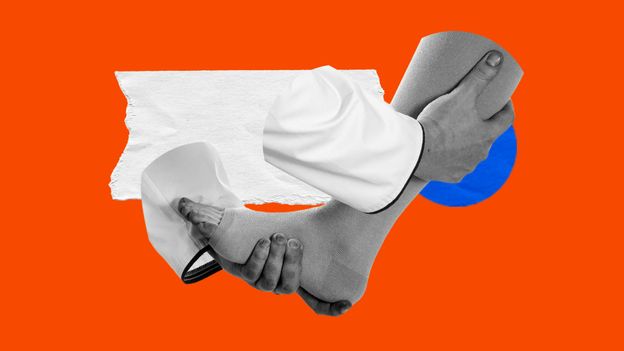Measuring Success in Psychotherapy
Measuring Success in Psychotherapy
Psychotherapy effectiveness is evaluated through various methods:
Sources of Information
- Client Reports: Clients often self-report changes in symptoms or functioning but may lack reliability due to personal biases or desires to please therapists.
- Clinician Ratings: Clinicians assess client progress using tools like the Hamilton Rating Scale for Depression. While they may be more objective than clients, they can also harbor biases.
- Third-Party Ratings: Family members or independent evaluators can provide more objective assessments of client change, though family members may still have biases. Independent evaluators, trained in clinical assessments, are preferred in rigorous research.
- Objective Measures: Psychological tests pre- and post-therapy can indicate change. However, results may be influenced by statistical artifacts like regression to the mean, which can create misleading impressions of progress.
- Overt Behaviors: Observing direct behavior changes, such as a client’s response to phobias, provides an objective measure of improvement. However, this method may not be suitable for all issues like suicidal thoughts.
Research Insights
- fMRI Studies: Brain imaging studies, such as those conducted on OCD patients, show physiological changes in brain activity post-therapy, indicating potential connections between brain function and clinical improvement.
- Regression to the Mean: This statistical phenomenon means that extreme scores tend to move closer to the average upon reassessment, potentially masking genuine change.
Overall, measuring success in psychotherapy is complex and requires a combination of subjective and objective methods to obtain a comprehensive view of client progress.
For more details, you can read the full article here: Source Link







/old%2Fcontent_media%2Fc362be4e14df9ad018cd56b0a94c538e.jpg)


































